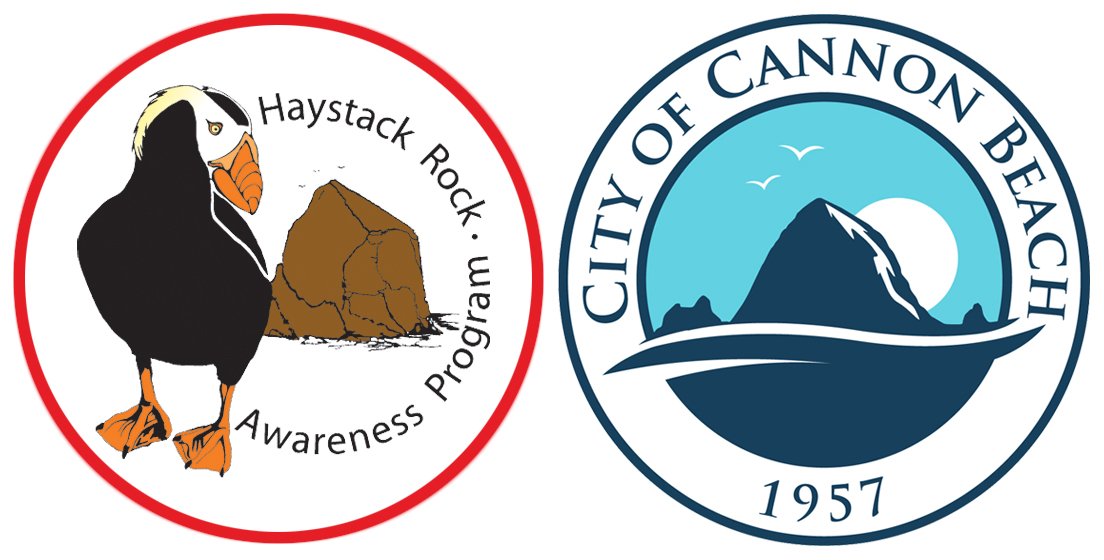Pacific Acorn Barnacle (Balanus glandula)
Cluster of Pacific acorn barnacles (photo credit: Lauren Rice)
Description: Pacific acorn barnacles are a species of little white barnacles, only reaching about 0.8 cm across. Many people don’t realize barnacles are living creatures; they’re actually a crustacean with the white shells that we see being their outer skeleton. When it has a lot of space, the Pacific acorn barnacle will grow its shell to be volcano-shaped. However, when living in more crowded conditions amongst many Pacific acorn barnacles, it will grow to be much more tall and thin (2 cm tall).
Habitat: Ranging from Alaska’s Aleutian Islands down to Mexico, this animal is most commonly found in the mid to high intertidal zone.
Diet: This barnacle is able to get oxygen both from the air and from the water; they use their feet called cirri to absorb oxygen. The Pacific acorn barnacle is a filter feeder that uses its cirri to grab plankton from the water to eat.
Tide Pool Tidbits:
In the densest of conditions, people can find up to 70,000 Pacific acorn barnacles per square meter!
Not only do Pacific acorn barnacles compete for space amongst themselves, but also with other sessile organisms like mussels and sea anemones.
Over half of the identified barnacle species in the world are types of acorn barnacles (900 of over 1400 species).
Predators of this barnacle (and other barnacle species) include ochre sea stars, barnacle-eating nudibranchs, and snails like dogwinkles that can drill holes through a barnacle’s shell.
References: Monterey Bay Aquarium, Puget Sound Museum of Natural History


